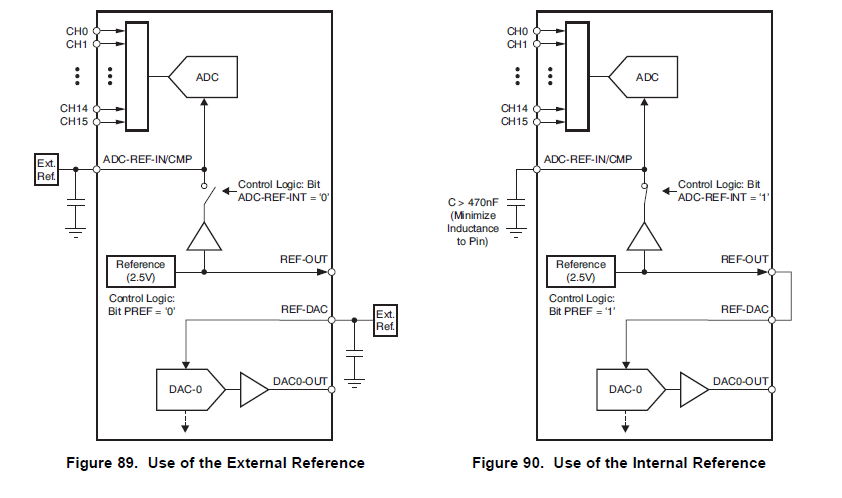Dear,
We just designed a prototype card with AMC7812, the main purpose is to use DAC output, so far we can communicate by I2C to the card but we have problem with DAC output, it always show 0 volts, ths DAC latch are written correctly, because just reading afer writing give us the correct value, but the physical ouptut still 0 volts. in our design we just pointed a minor difference with the AMC7812 EVM design the capacitor connected to AGND and REF-OUT (56) and REF DAC (57) was missing in our design , does this non existing capacitor can affect the DAC output ?
Best Regards
Jean-Michel Escalon


